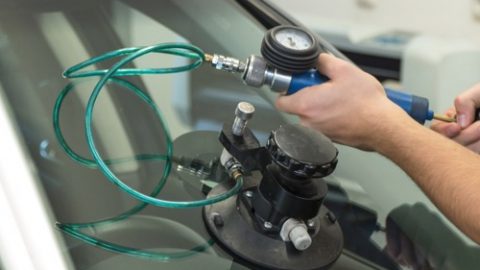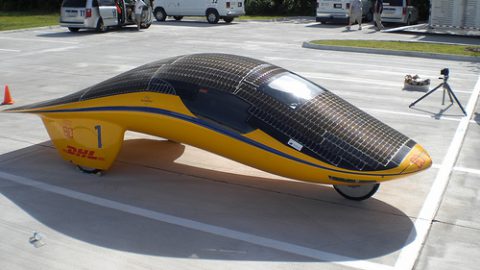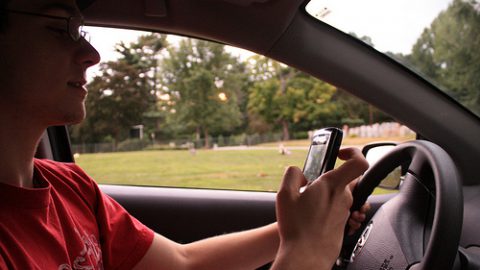Brace yourself, drivers: cars are about to get smarter. That may be a good thing—those who’ve had a run-in with road rage or distracted driving would argue that drivers certainly aren’t getting any smarter. So how long will it be until cars start doing some of the driving for us? How long until your four-door sedan starts prodding you awake when you’re nodding off at the wheel, or gently chiding you for not using your turn signal?
How long until your pickup truck stops you from pulling out into oncoming traffic? Not soon enough, we’re afraid—but researchers are testing cars that will automatically stop if you fail to brake when approaching a vehicle or pedestrian. So how long until all cars stop by themselves? Here are the essential details you need to know about the latest advances in car safety.
Capitol-Tires.com is an independent enthusiast website and is not affiliated with or endorsed by American Tire Distributors (ATD), Nexen, Itochu or any other manufacturers and its content is solely for informational purposes. All manufacturer names, symbols, and descriptions, used in our images and text are used for identification purposes only. It is neither inferred nor implied that any item mentioned by Capitol-Tires.com is a product authorized by or in any way connected with any products/vehicle manufacturers displayed on this page. Copyright © 2025 CAPITOL-TIRES.com. All rights reserved.









